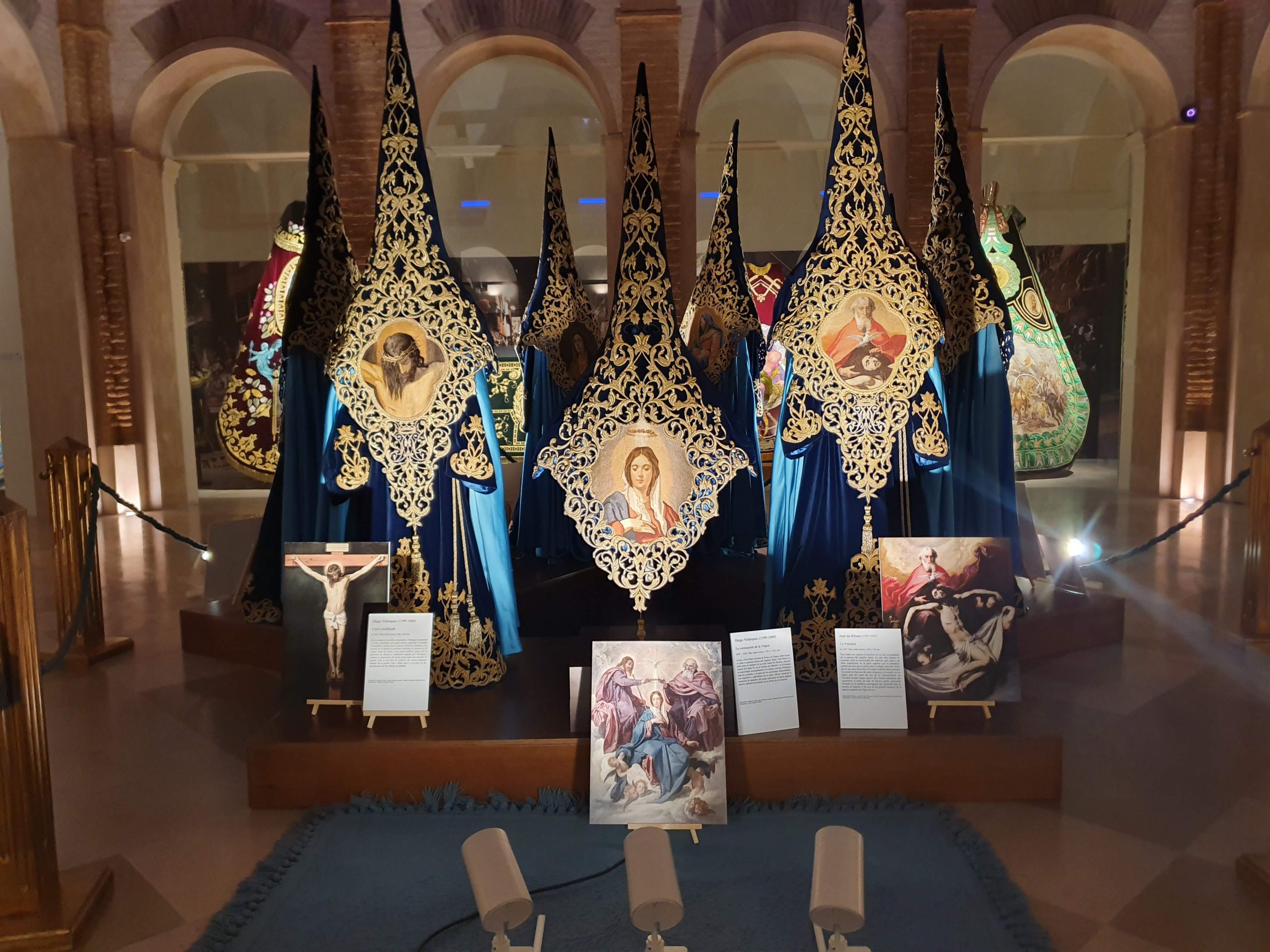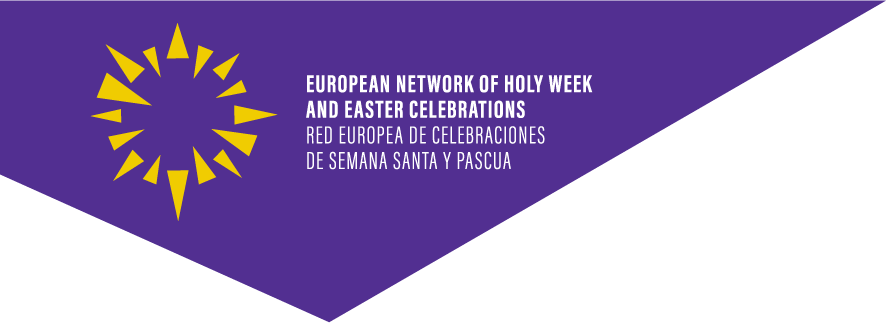
The European Network develops several activities to highlight crafts through the identification of workshops and the development of a guide
- These spaces have been identified through adhesive signage that includes the network’s corporate logo, a description in the local language and English, and a QR code that directs
- It will allow visitors to recognize and identify the resources of the member municipalities of the Network: Croatia, Slovenia, Spain, Italy, Malta and Portugal
- Likewise, it has prepared a descriptive guide detailing the activity of these spaces that include wood crafts, embroidery, shawls, drums, wax, scupture, goldsmithing, carving, tailoring or painting, among others
17.01.2024.- The European Network of Holy Week and Easter Celebrations has developed several activities to highlight the crafts of its municipalities.
On the one hand, it has implemented identifying signage in the craft workshops associated with it. In total, fifty spaces have been marked, using adhesive signage that includes the network’s corporate logo, a description in the local language and English, and a QR code that directs to a descriptive guide on crafts and its contemporary manifestations. in the European Network of Holy Week and Easter celebrations.
The spaces, located in the municipalities of the member countries of the Network, include wood crafts, embroidery, shawls, drums, wax, scupture, goldsmithing, carving, tailoring or painting, among others.
This is one more step to give visibility to all these workshops that are part of this European Network and whose work is carried out throughout the year, being in some cases a sector of economic importance in their respective municipalities. Thanks to this signage, a series of resources linked to Holy Week are highlighted that make up part of the tangible and intangible legacy referring to these traditions.
Brochure ‘Craftwork and its Contemporary Manifestations’
On the other hand, the European Network has presented the brochure ‘Craftwork and its Contemporary Manifestations’ with the aim of giving visibility to the artisan workshops that, heirs of this heritage, are still current, active and are a key piece in the continuity and preservation of this heritage. These are workshops that can be visited throughout the year, showing the traditions of Holy Week and Easter in a seasonally adjusted manner.
These traditions are closely linked to the artistic and craft creation of their respective territories. Craftsmanship is, today, a knowledge that is the result of history and art that preserves manual work in a largely industrialized world, whose workshops have been providing a material heritage that is part of history over the centuries. They give shape and idiosyncrasy to the various forms of celebration of Holy Week and Easter in Europe.
Read the document: https://www.holyweekeurope.com/wp-content/uploads/2023/08/Craftwork-in-the-network-WEB.pdf
Crafts in the European Network
The European Network contemplates, among its lines of action, the enhancement of artisan traditions linked to the celebrations of Holy Week and Easter. The result of this are the recently carried out actions that add to the development last May of an exchange program for young Europeans around the crafts of Holy Week. It brought together more than twenty young people from Spain, Turkey, Romania, Serbia, Croatia, Italy, Denmark and Slovenia.
Likewise, the European Network projects a series of future actions to continue giving visibility to this work, along with other contemporary plastic artistic manifestations that it will continue to implement in the coming years within its actions.
More about the European Network
The European Network of Holy Week and Easter celebrations was created in 2019 and includes the Italian Foundation Federico II, representing the municipalities of Palermo and Caltanissetta, Sicily (Italy); the municipality of Birgu in Malta; Jelsa, on the Island of Hvar in Croatia; the Commission for Lent and Holy Week Celebrations of Braga, Idanha a Nova and Ovar, in Portugal; the Representations of the Passion of Christ in Skofja Loka, Slovenia; the municipalities that are part of the Caminos de Pasión route: Alcalá la Real in Jaén, Baena, Cabra, Lucena, Priego de Córdoba and Puente Genil in Córdoba and Carmona, Écija Osuna and Utrera in Seville. Also within Spanish geography we find Orihuela in Alicante; Lorca in Murcia and Viveiro in Lugo.
The objective of the European Network is to promote and disseminate cultural heritage, both material and intangible, related to the celebrations of Holy Week and Easter through actions that value this heritage, promote sustainable tourism development around it and contribute to safeguard intangible heritage through scientific and research work. Likewise, its main purpose is to join forces and synergies to consolidate a model for studying, safeguarding and disseminating the heritage of the traditions of Holy Week and Easter in Europe.



